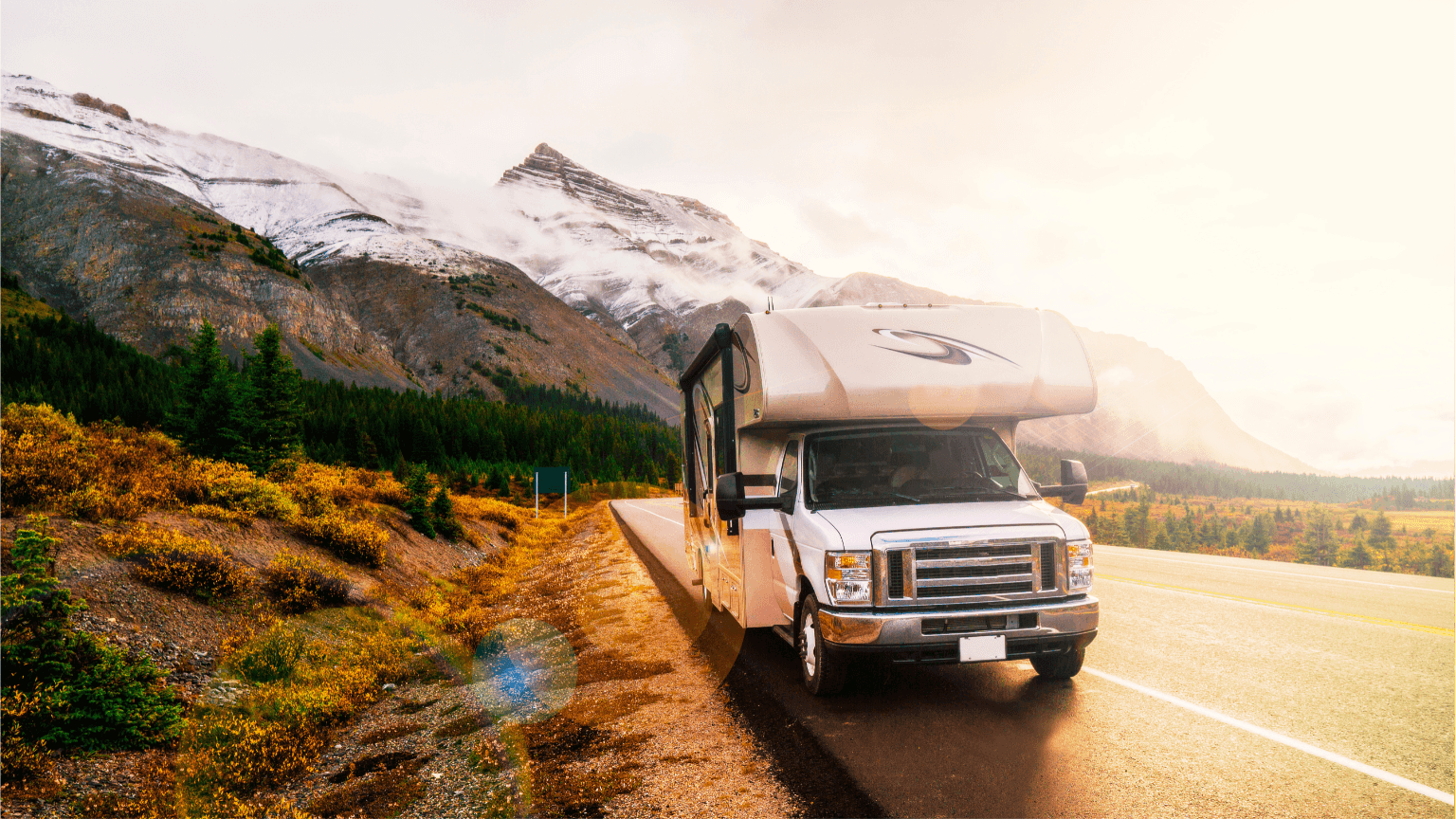Guess how many photos are on your phone.
Just guess. Chances are, they number in the thousands and there are probably thousands more backed up on iCloud or sitting on an old phone somewhere. Why take one photo when a burst can take ten? After all, taking multiple photos means you have a better chance of getting the right focus, movement, and composition.
A post shared by Adrian Whipp (@lumiere_tintype) on May 24, 2018 at 5:56pm PDT
Furthermore, having endless photos to scroll through means you will always have the memory of that photo on hand. Your phone’s camera roll might take you back to places you have been, the meals you ate there, and the friends you were with. Or, perhaps, you find yourself looking over photos you never remember taking. Researchers are starting to recognize that taking an endless amount of photos might inhibit your ability to remember, rather than enhance it.
We used to live in a place where photos were developed, printed, and saved in albums or hung on our walls. Today, the same photos are shared instantly on social media or uploaded to galleries we want others to like and share. Chances are, most of today’s photographs will be forgotten in the digital landscape.
This deviation from the cherished art of photography is what set Adrian Whipp down the road of discovering tintype photography.

Tintype is a specialized, antique style of photography that involves projecting light onto a metal sheet that has been coated with a photo-reactive material. With tintype, there is no discussion of megapixels or shutter speed, no storage or film. Just the subject presented in the most analog fashion available.
Every print created with the tintype process is a stunning image that stands the test of time with a unique, patinated look. Over the past few years, Whipp has taken this style of photography on the road with a custom tintype studio built onto a trailer bed. With each tour, he set up in a half-dozen cities in the southwest and captured unique portraits from his studio.
When not on tour, Whipp operates out of his Lumiere Tintype studio in Austin, Texas, where he shoots portraits and works on future photography projects. It was from here that he was kind enough to answer a few questions for us about his unique style of photography.
A post shared by Adrian Whipp (@lumiere_tintype) on Oct 1, 2017 at 7:11pm PDT
How did you decide tintype was the medium you wanted to work with?
“I found the tintype medium a few years back, when digital photography was taking over and it was looking like film photography was on the rocks. The tintype process offered me the ability to make my own film, so that was a huge part of the appeal initially. After practicing and shooting for a few months, I fell in love with the process itself—the depth and clarity to the images is incredibly satisfying. It also allows a lot of creative control; all of the chemistry is made by hand and can be adjusted to suit one’s creativity.”
Why a trailer? Why take this show on the road?
A post shared by Adrian Whipp (@lumiere_tintype) on Jul 6, 2018 at 3:52pm PDT
“The tintype photographers of past eras would travel in little covered wagons, town to town, shooting locals and then moving along. They really democratized photography in this way, since regular folks didn’t need access to a big city in order to have a portrait made of their loved ones. I built my studio in homage to these early photographic pioneers, and always love when we get to travel. I’ve shot tintypes from coast to coast, and everywhere in between. Oddly enough, we again find ourselves in an era that lacks portrait studios, and I find that wherever we travel, folks come out and see us.”
What is one thing modern, digital photographers can learn from the process of composing a tintype photo?
A post shared by Adrian Whipp (@lumiere_tintype) on Jun 24, 2018 at 10:42am PDT
“I think the tintype process taught me how to slow down and make photographs in a more considered and patient manner. The stakes are a little higher when using antiquated chemical processes and long exposure times, so you learn to make sure everything is ‘just so’ before hitting the shutter. Many photographers that try their hand at making tintypes find themselves shooting differently when they return to a digital camera. I find it makes me really consider how, and why, I want to photograph something, before even bringing the camera into the equation.”
What’s next?
“More travel of course, and hopefully some workshops. It’s taken five or six years of daily operation, but I finally feel I have a handle on the process that will allow me to teach others.”
A post shared by Adrian Whipp (@lumiere_tintype) on Oct 8, 2017 at 9:02pm PDT








